Rather than being funded by the church, or a particular noble, this tallest church in the world was funded by the merchants and traders of the city, as a demonstration of their wealth and power.
Visible from all over the city, it would be remiss of us not to first mention the towering Gothic masterpiece that is the Ulmer Münster.
Begun in the late middle ages, it wasn’t actually completed until the 19th century. Despite the delay, the spire has remained the tallest in the world for centuries, and is still a major drawcard for those with no fear of heights.
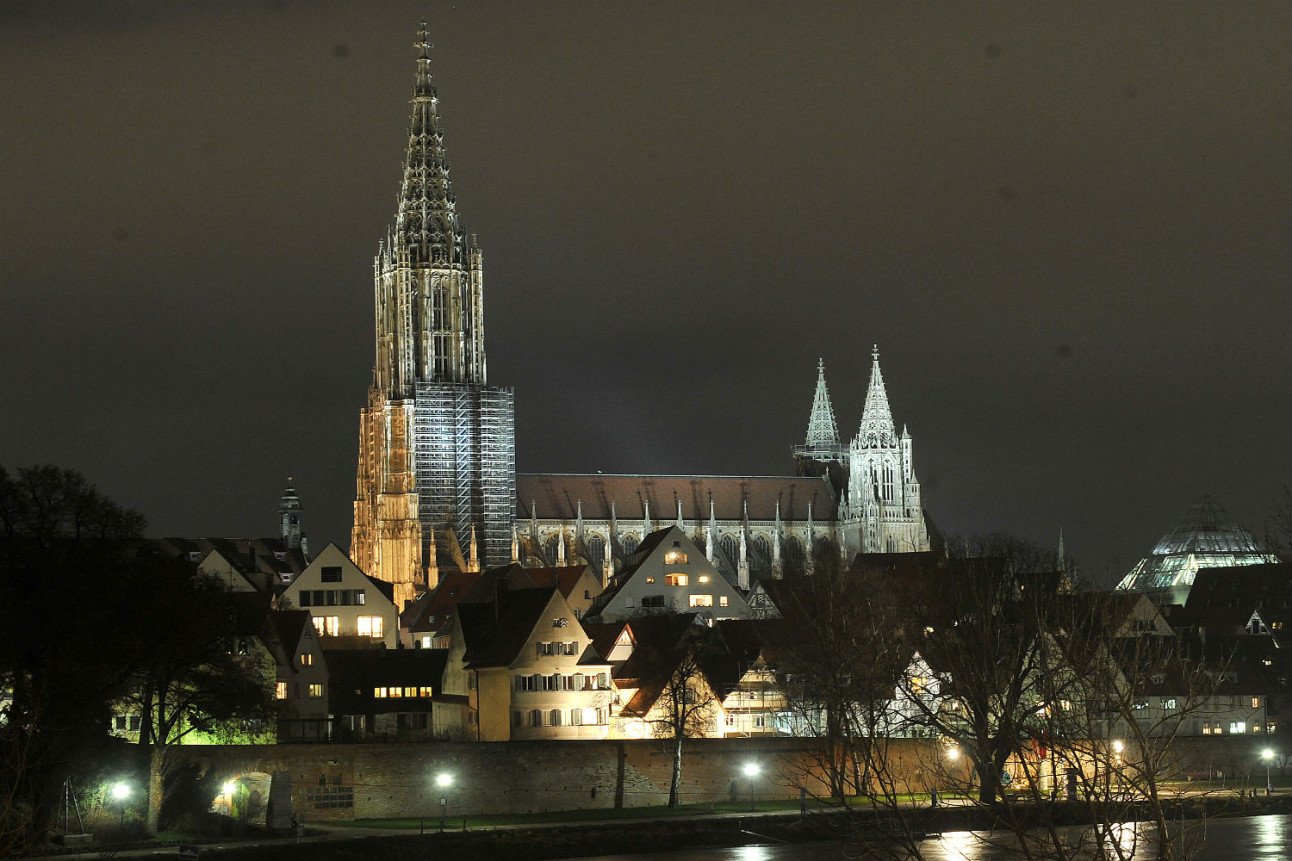
The city of Ulm and the Münster by night. Photo: DPA
For those of us who feel more secure at ground level, the church interior is crammed with statues, wall paintings and other glorious works stretching from the 15th to 20th centuries. Don’t miss the stunning painting over the altar and chancel, showing the Day of Judgement in all its dramatic glory.
While you’re in the church precinct, also make sure to check out the Valentinskapelle, built by the wealthy Rembold family as a funerary chapel.
Over the years it has served as a wine cellar, food store and air raid shelter, yet it still retains some wonderful medieval artworks, and is currently used by the Russian Orthodox community.
Established near the confluence of the Blau, Iller and Danube rivers, in what is today the state of Baden-Württemberg, Ulm was always going to be an important centre of trade – rivers being the highways of the medieval world. It was granted status as a ‘Free Imperial City’ in the 12th century, by Frederick Barbarossa. Proximity to mining regions also made it a natural site for the minting of coins, and this is where the wealth of the city would truly be established.
Other than the Münster, other traces of the city’s wealth are clearly visible throughout the city. In fact, the city’s delineation into distinct quarters make for fascinating historical exploration.
Mostly highly recommended is the Fischerviertel. While it is named for the fishermen who plied their trade along the rivers, this was also the city’s manufacturing hub. Many fachwerk, or half-timbered houses still exist, including the Schiefes Haus, or ‘Crooked House’.
As the name suggests, the building has warped over the years, possibly due to its proximity to the River Blau, and makes for some great photography. If you’re not fussy about your right angles, you can also stay there! Close by is the Ulmer Münz, the city’s former mint during the 17th century. Today it’s a cafe serving local specialities.
Ulm is an intensely historic city, and this is perhaps best explored, once you’ve done the Munster and the Fischerviertel, by visiting the Ulm Museum, that contains not only exhibitions about the development of the city, but also artwork, and archaeological finds from the area.
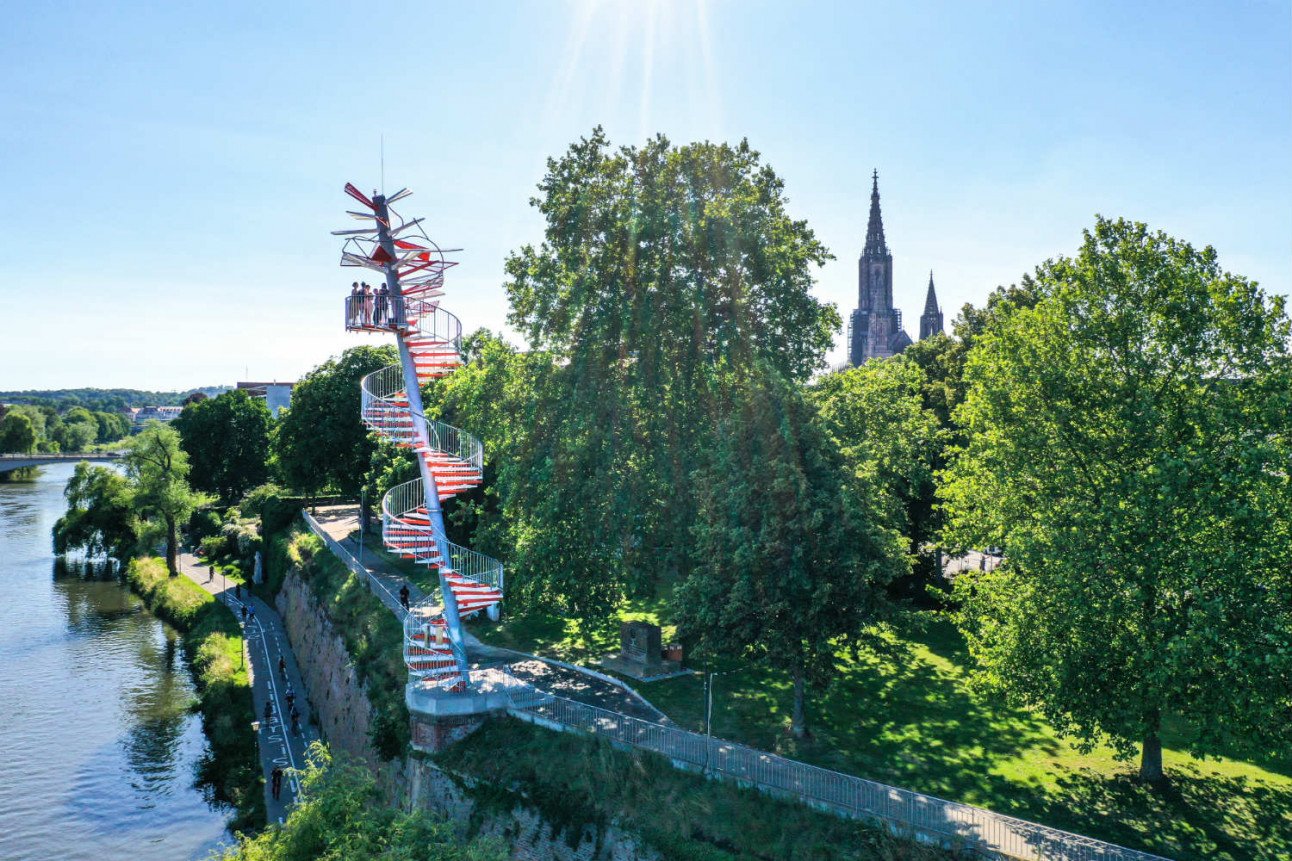
A view of Ulm and its new Berblinger Tower. Photo: DPA
The prize possession of the museum is the ‘Löwenmensch’, the oldest anthropomorphic representation in existence, depicting a lion with the body of a man. It’s estimated to be 40,000 years old and is carved from mammoth tusk.
To this day, conservation efforts are still adding small pieces to the statuette, to show what it looked like when first carved.
Ulm is well worth a day or two of your time, with plenty to offer those who seek a glance of Germany’s historical riches. From a minster, to a mint, to men carved from mammoth tusks, visitors won’t go away unsatisfied.
DISCOVER
Münsterplatz 21, 89073 Ulm
Münsterplatz, 89073 Ulm
Schwörhausgasse 6, 89073 Ulm
Schwörhausgasse 4/1, 89073 Ulm
Marktpl. 9, 89073 Ulm

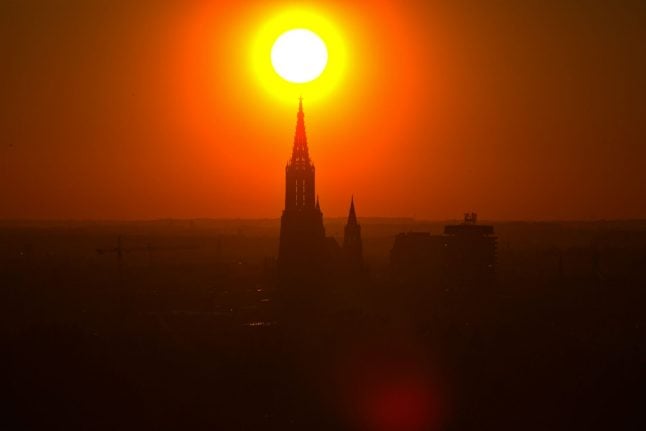

 The pickle harvest in Kasel-Golzig in the Spreewald on July 17th. Photo: DPA
The pickle harvest in Kasel-Golzig in the Spreewald on July 17th. Photo: DPA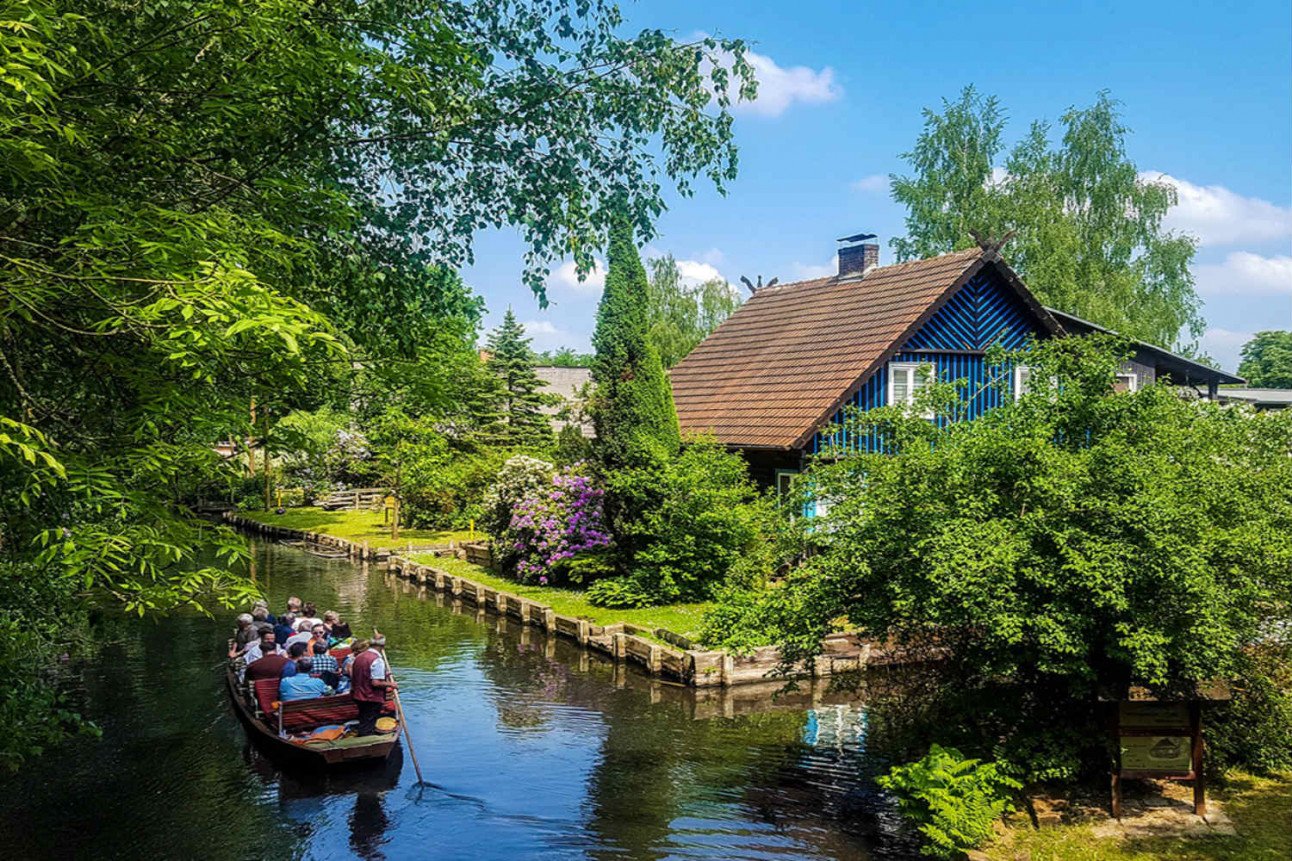
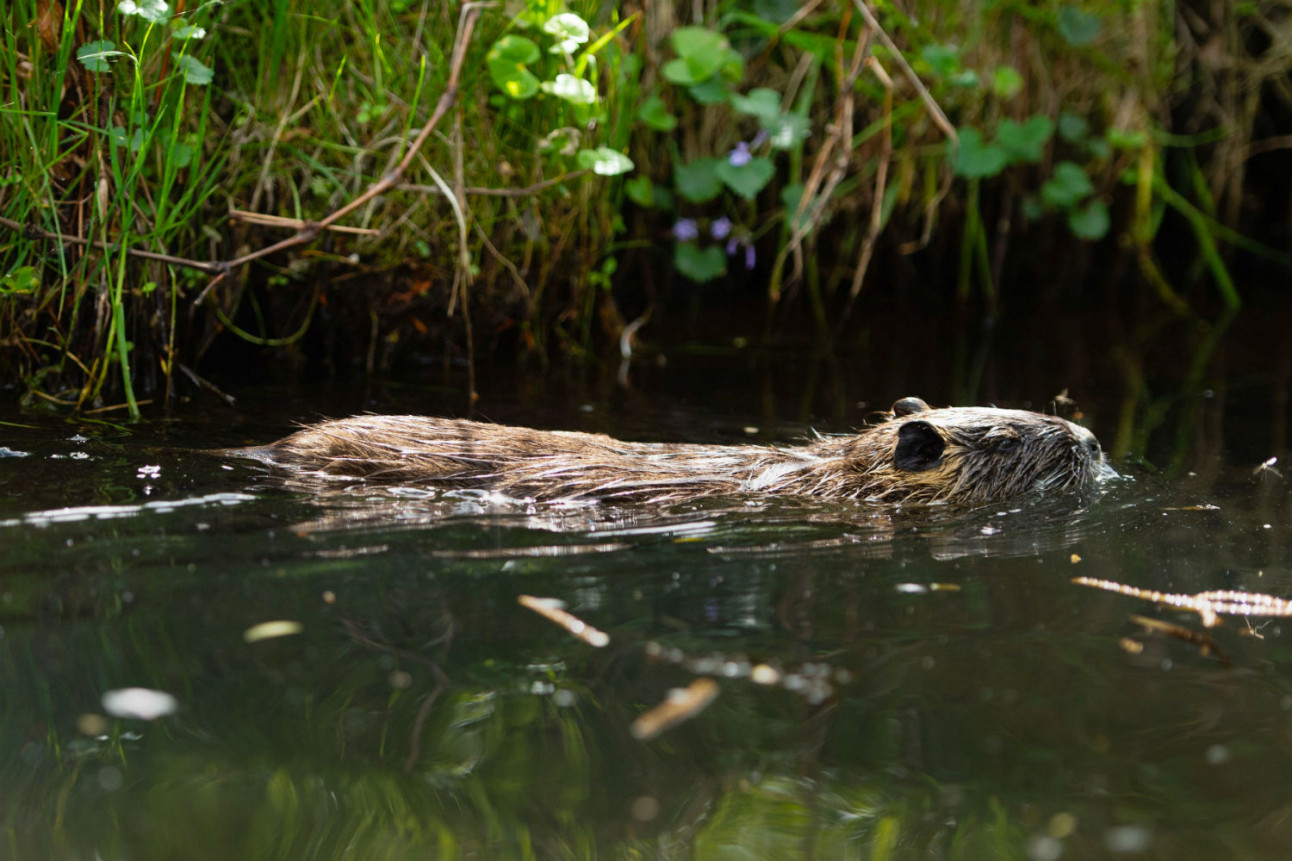
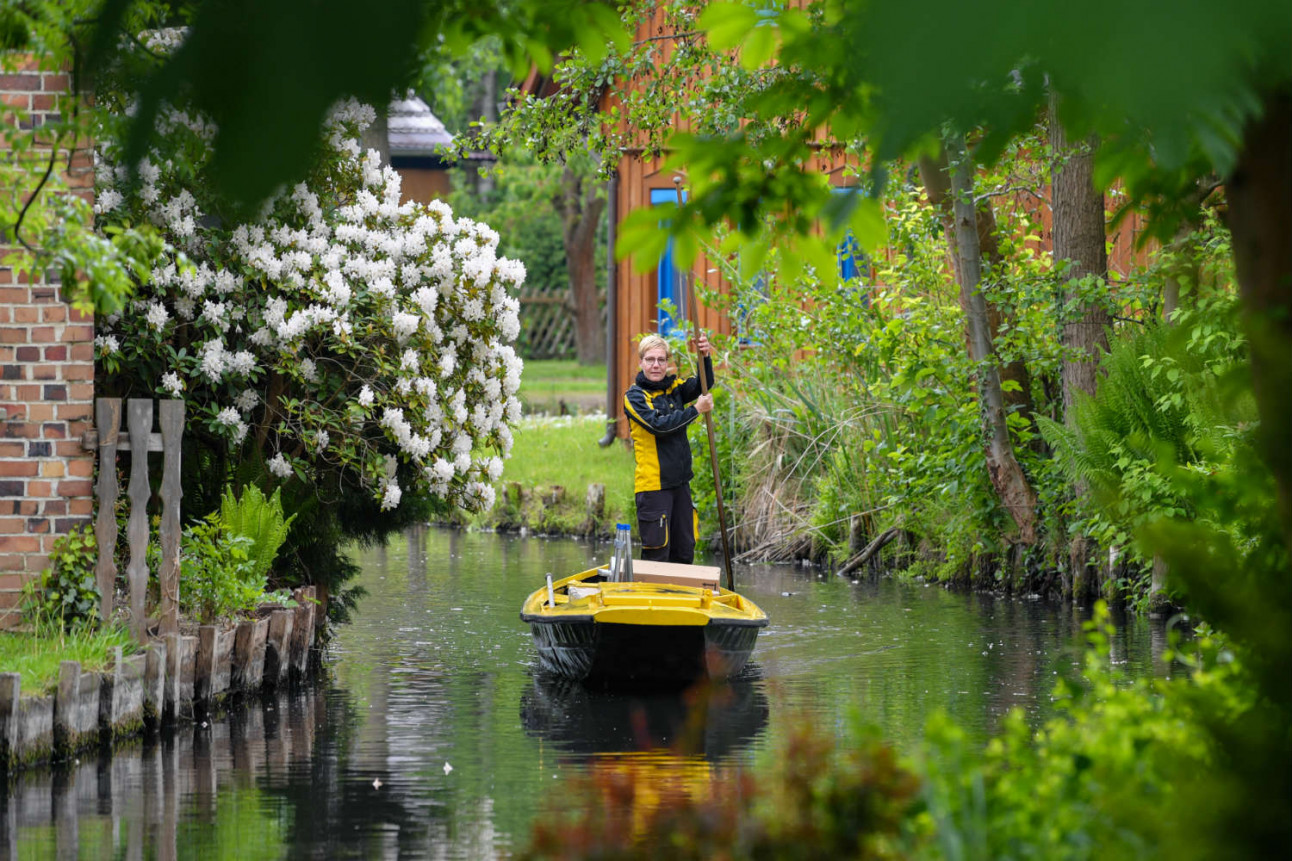
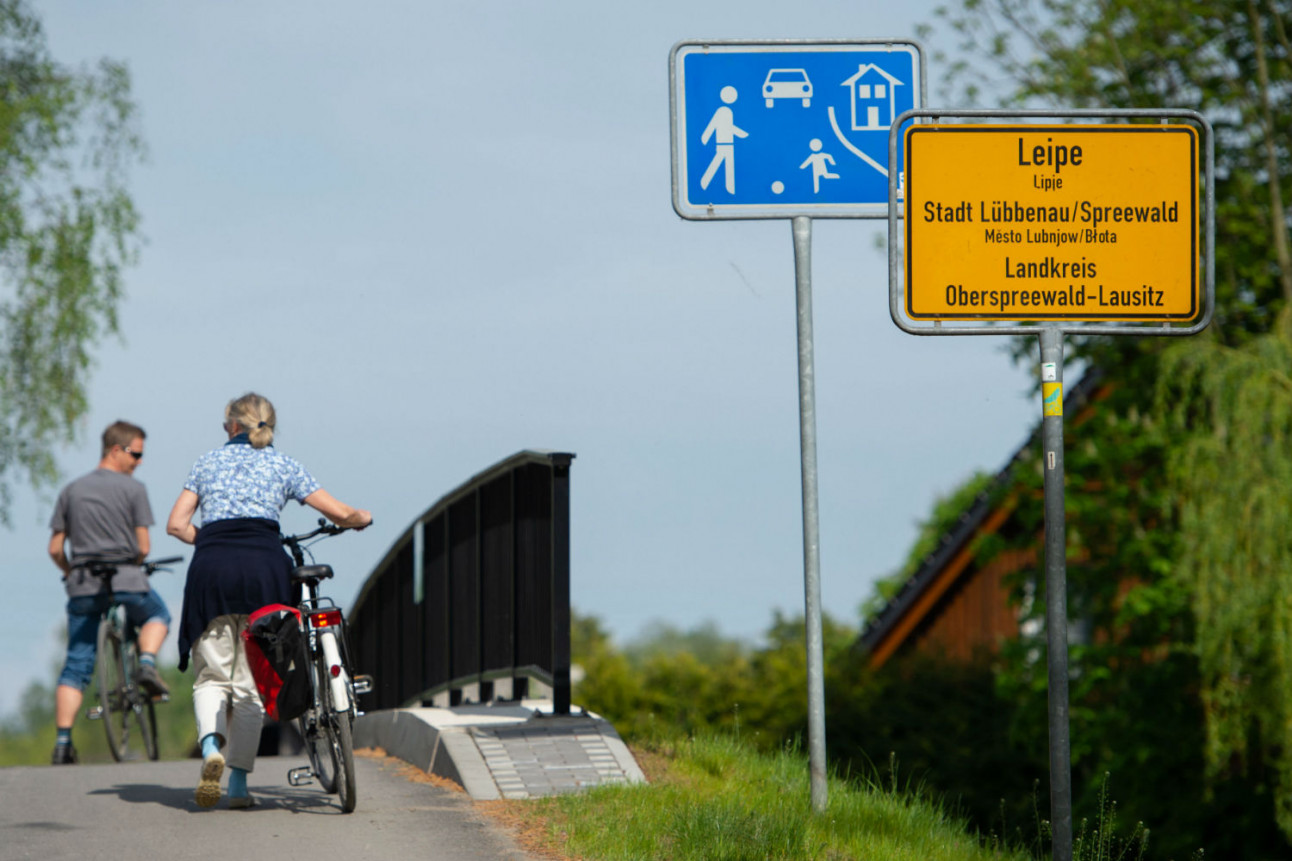
 Please whitelist us to continue reading.
Please whitelist us to continue reading.
Member comments